I recently went out on a day of adventure with some of my brothers from our RIKE team and we chose to take a break on a beach. We had heard of a lake being up and over the high peaks of the rock island and decided to explore. Moving into the rock island further through a swampy mud flat and into the forest, we began to climb the jagged limestone -- all of us anticipating the climb and how far our journey would take us. We finally came upon a our lake we had been searching for. Visiting these exclusive lakes are always a lottery. Because the lakes are enclosed and the only water flowing in and out is through cracks, holes or tunnels through the limestone; you get a wild card of possibilities. It's not uncommon to see crocodiles in many of these lakes so we took caution and began to snorkel. Immediately we came across upside down jellyfish (Cassiopeia Andromeda). Does Cassiopeia or Andromeda ring a bell for anyone? For me no. At least the names. I was thrilled to hear there was another connection of jellyfish with Greek mythology and even more intrigued that it related to Medusa. Andromeda was Cassiopeia's daughter. Cassiopeia boasted that Andromeda was more beautiful than the sea nymphs and this offended Poseidon. He demanded Andromeda would be sacrificed to the sea monster. Perseus saved Andromeda by revealing the head of Medusa and turning the sea monster to stone. Oddly enough Medusa was pregnant when Perseus killed her and Poseidon's offspring sprang forth, Pegasus and Chrysaor. Chrysaora is also a type of Jellyfish or sea nettle. Unlike the Golden medusa in jellyfish lake (Mastigias papua) these upside down jellyfish paralyze their prey with nematocysts and will cause a sting that is painful to humans. We continued and were surprised to see a carpet of these upside down jellyfish across the whole lake floor. So many they were also free floating. Carefully moving through the labyrinth of Cassiopeia Andromeda we continued to explore the lake. Every corner new to discovery and thrilling yet daunting knowing that if the jellyfish felt threatened they could release their nematocysts (stinging cells) into the water. Despite the uneasiness of the jellyfish the lake was eerie yet enchanting to me. Spots so visible and clear with light beaming through then into brackish water where you feel distorted. Mangrove roots with delicate sponges, anemone and oysters encrusted. There was a film along the bottom that looked like spooky smoke. It was intertwined by big mangrove roots with beautiful green algae covering them. Small shrimp all around a couple of fish made the small community of the lake. We made our way back to the beach and fulfillment and joy overflow my soul. An experience and lake I will never forget. The best part is knowing its hidden, protected and will remain a secret only for those who come from this land to enjoy and see. By: EliLai Kei Sugiyama
0 Comments
SCUBA divers rush to Palau from all over the world with dreams of photographing Sharks, Mantas, Turtles, and stunning reefs teaming with fish. Little attention has thus been paid to some of Palau's remote habitats which are home to some truly bizarre creatures. One of these forgotten miracles is the Giant Fresh Water Eel, locally known as Kitelel. Two species of fresh water eel have been described in Palau's waters. Anguilla bicolor pacifica, commonly known as the Indian Fresh Water eel is the smaller of the two species growing to just over a meter long. The Giant Marbled (mottled) Eel, Anguilla marmorata, can grow to an astonishing 2.2 meters and weigh 20.5 kilograms (45 pounds)! Biologists have described 19 circumglobal species in the family Anguillidae. Collectively known as short fin eels, the Anguillids are in fact true eels of the order Anguilliformes, which includes the more familiar Moray Eels (family Muraenidae). The short finned eels differ noticeably from their marine cousins due to the presence of prominent pectoral fins and a flattened head. The life history of the short finned eels is also radically different from their salt water cousins. The adult Anguillids reside in fresh water where they feed fish, crabs, shrimp, and even frogs. Once they've reached sexual maturity they ultimately migrate to the open ocean where they then spawn in deep water environments. The free floating eggs hatch into Leptocephali larvae which then drift for months until finding their way into estuaries. At this point the little anguillids are known as "Glass Eels." As they continue to mature they'll begin to migrate into fresh water streams at which point they become known as "Elvers." After 8-20 years the Yellow Eels mature into Silver Eels at which point they're ready to migrate back out to sea for sweet spawning. The reproductive cycle of the eels makes them catadromous, which is essentially the opposite life history of the fresh water spawning salmon (anadromous).
In many of the villages in Palau, the Giant Marbled Eels are considered a delicacy and can be consumed skin and all, served with soy sauce, sugar, and oil. In other states and hamlets including Melekeok and Ngerbeched, Kitelel is considered to be a god and should never be harmed. For a handful of visitors interested in going well off the beaten path, the sight of these strange catadromous fish is a once in a lifetime memory. By: Ron Leidich and Malcolm Meltel
The creativity of the plant world seemingly knows no boundaries. The genus Pisonia is represented by two species of trees in Palau. The coastal Pisonia grandis can grow to staggering heights on the beach fronts of Kayangel atoll, but is essentially stunted on the limestone islands. It's forest dwelling cousin, Pisonia umbellifera, hides in the understory of the old growth forests, reaching heights of less than 25 feet. Both species achieve pollination using a rather unpleasant aroma which attract flies as their primary pollinator. But in terms of seed dispersal, the Pisonia genus takes a darker turn. The seed cluster of Pisonia exude a sticky resin which can act like a miniature LaBrea Tar Pits, trapping small insects and even reptiles. But the goal of Pisonia is the hunt for big game: Birds are their primary target. Innocently alighting on a branch, the bird's feathers get caught on the seeds forcing the victim to flee in panic. More often than not, the sticky glue of the seeds adheres to the bird, until the feather is lost.... thus successfully dispersing the seeds.
The Palauan name for Pisonia umbellifera is "Uudeuidarbekai" which translates into "the sticky glue of the megapode." The Megapodes are a chicken like bird which feed on insects and fruit in the forest understory. They frequently step on the fallen seeds of Pisonia during their forest walks and bounce around wildly trying to free their oversized feet. By: Ron Leidich
|
Categories |
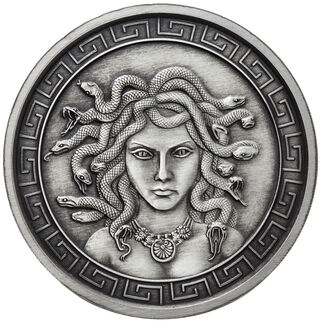
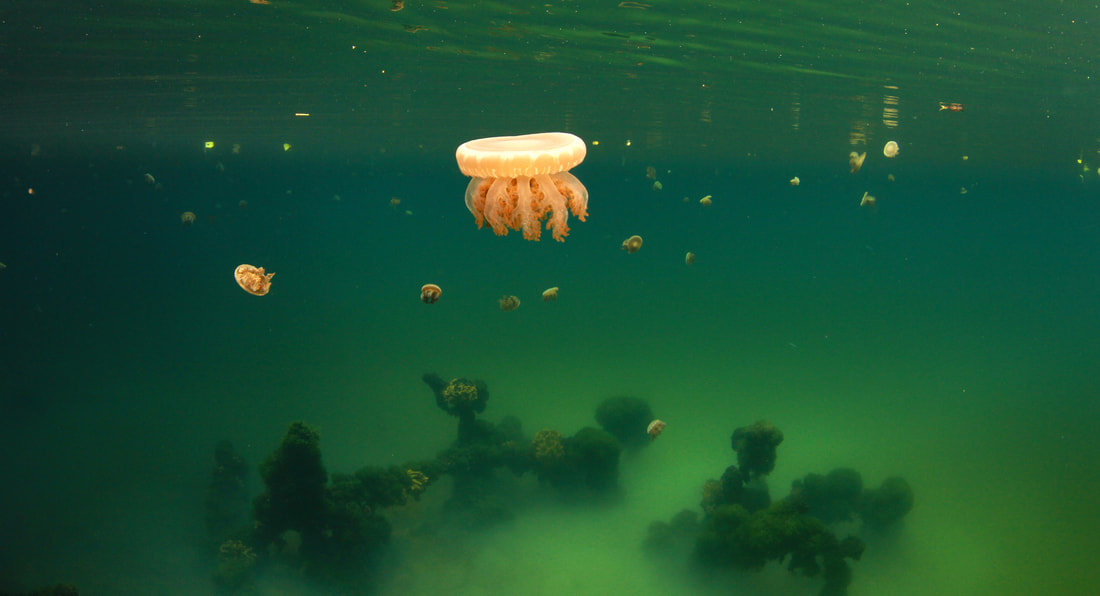
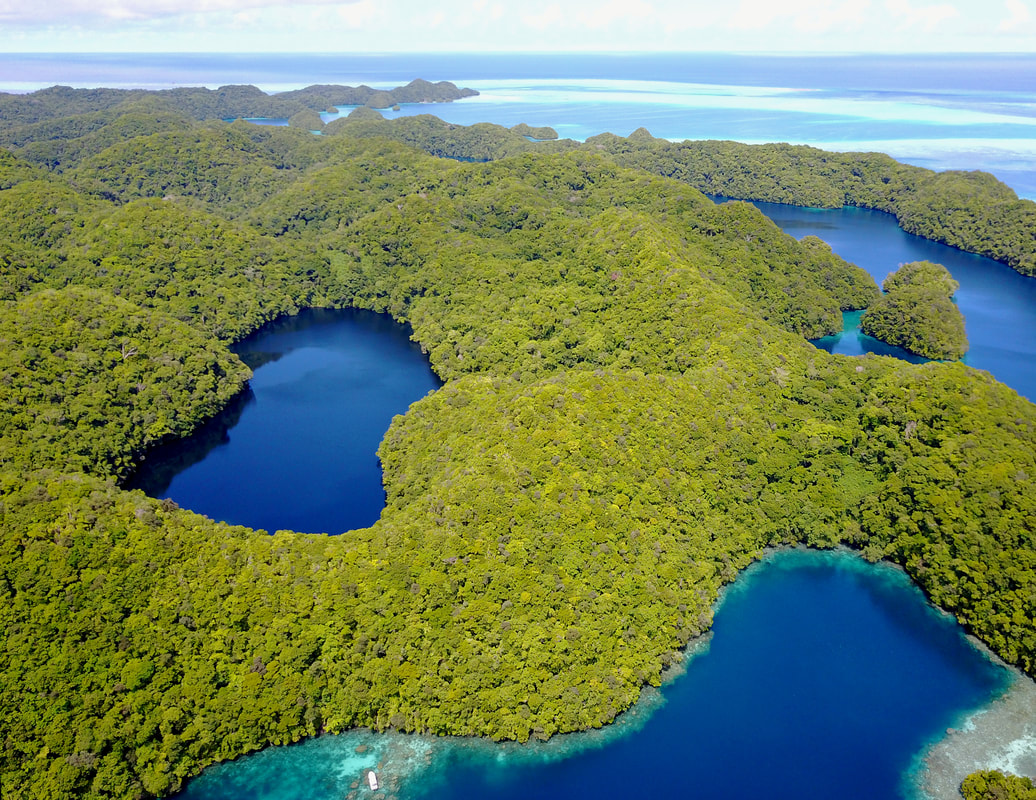
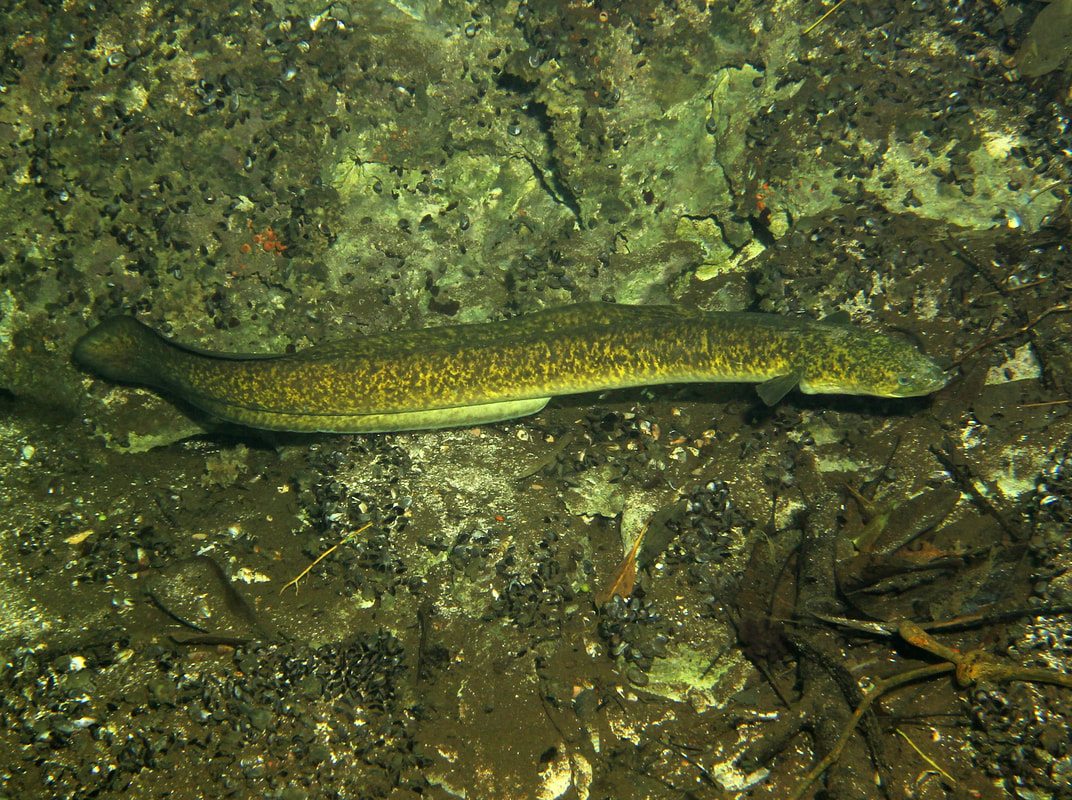
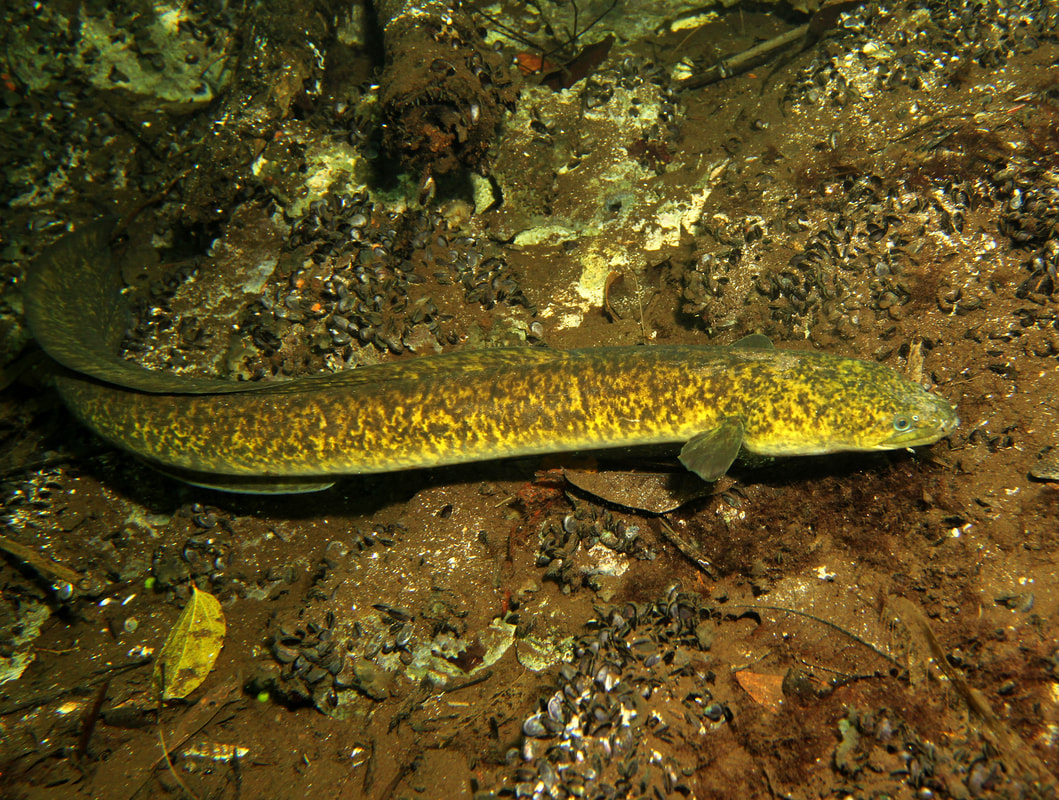
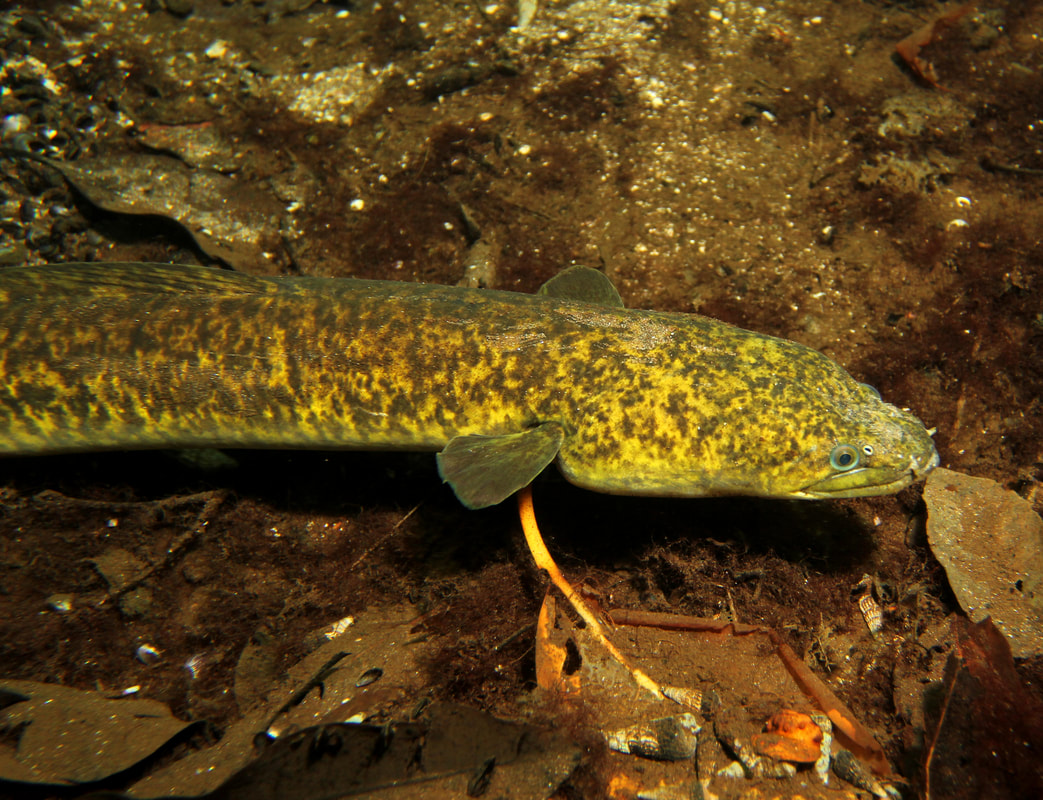
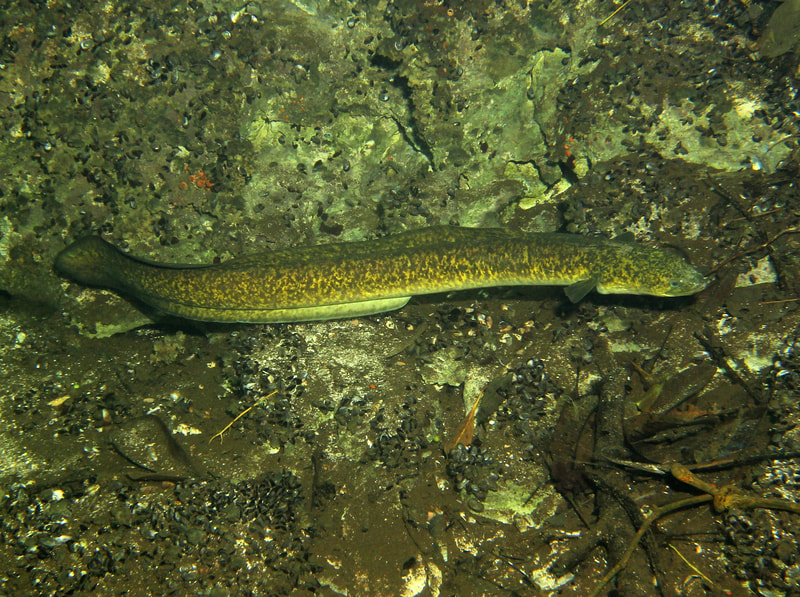
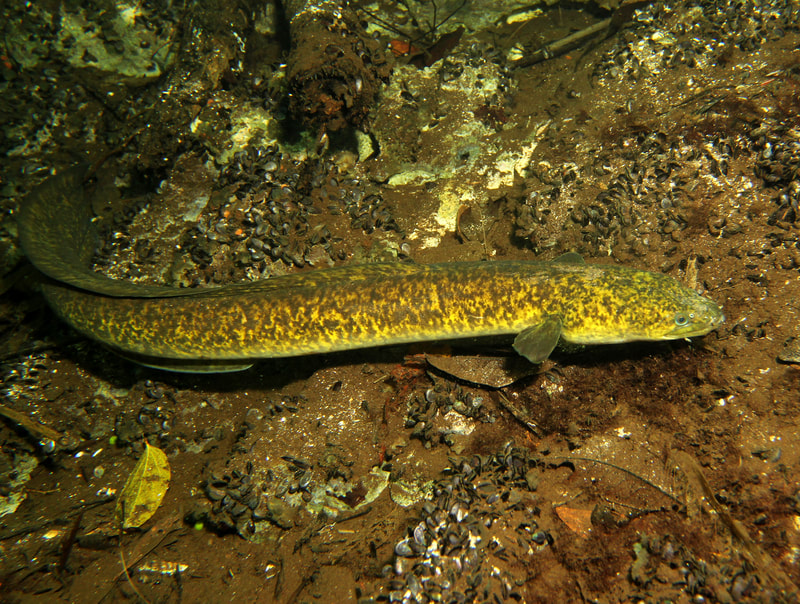
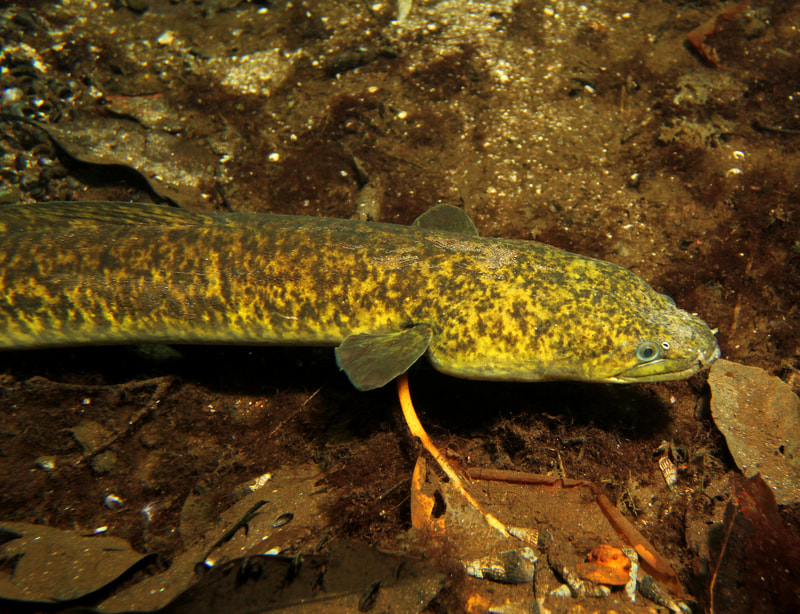
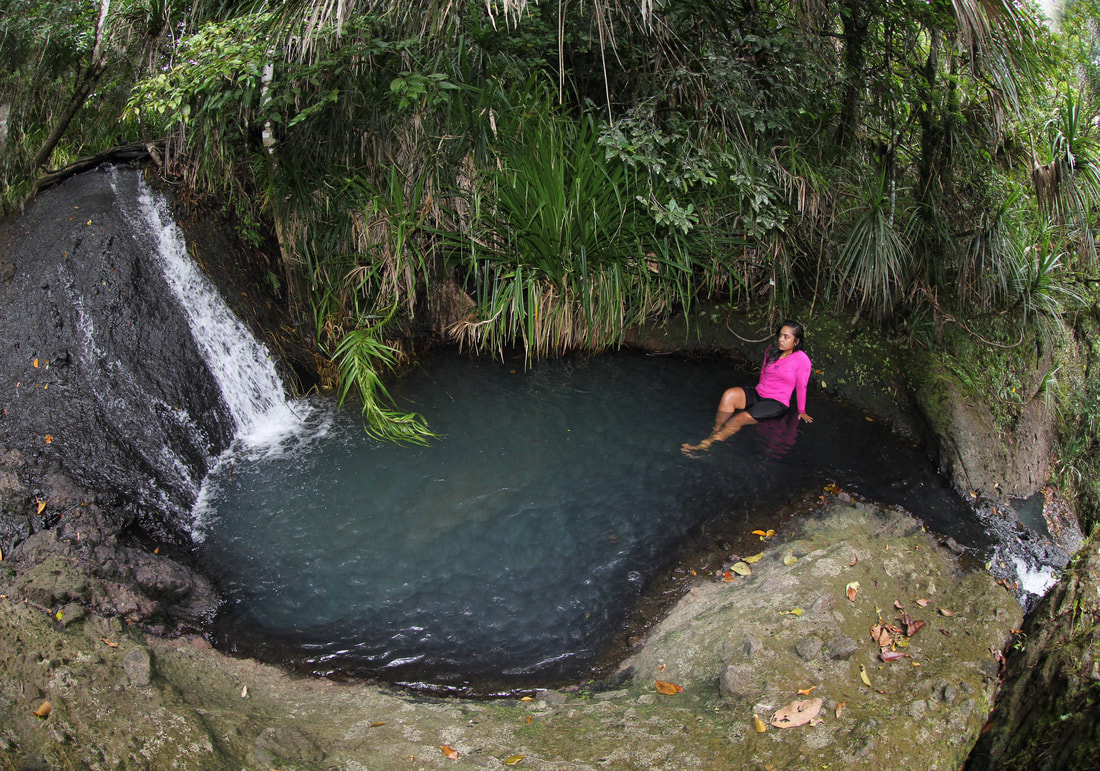
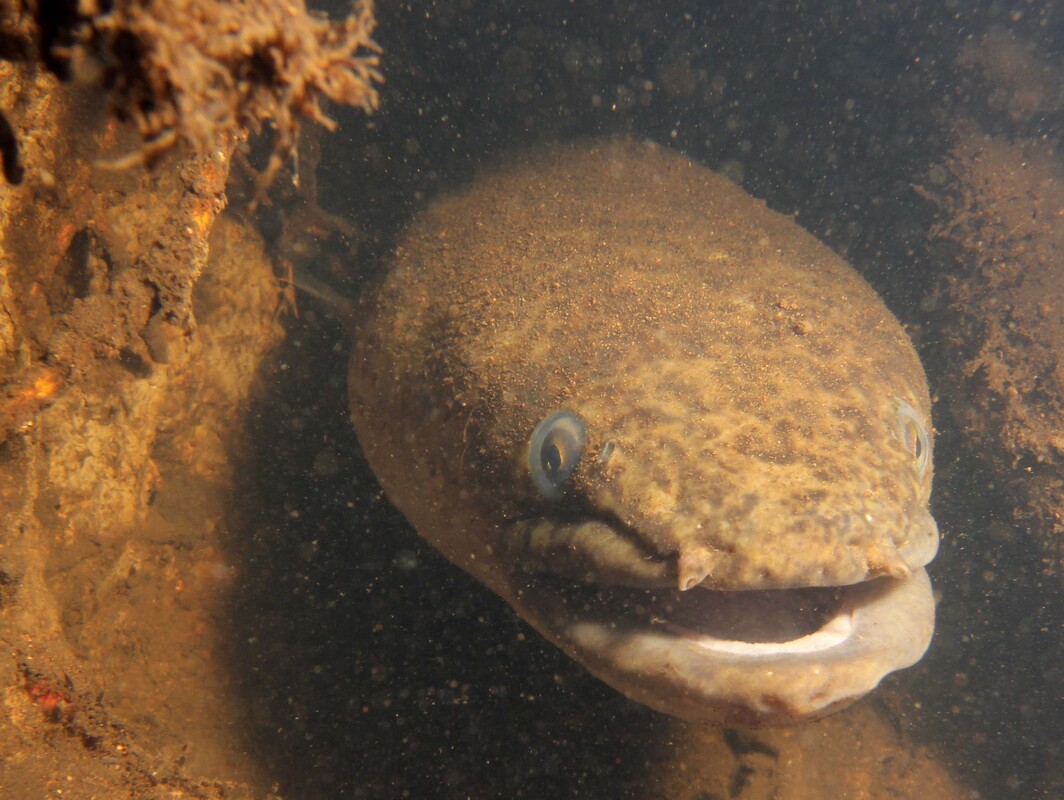
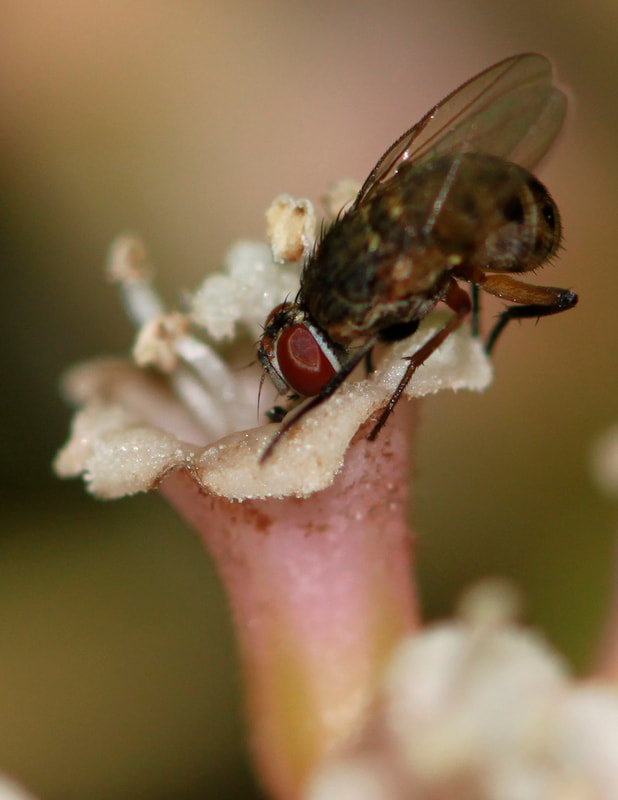
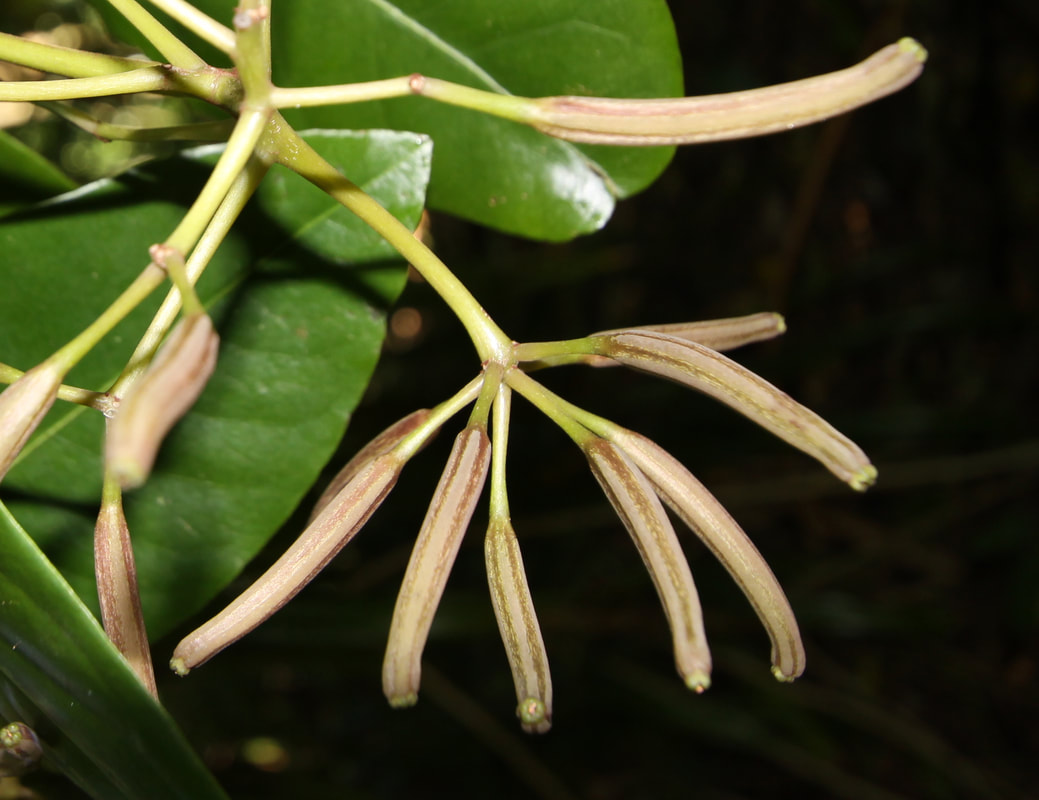
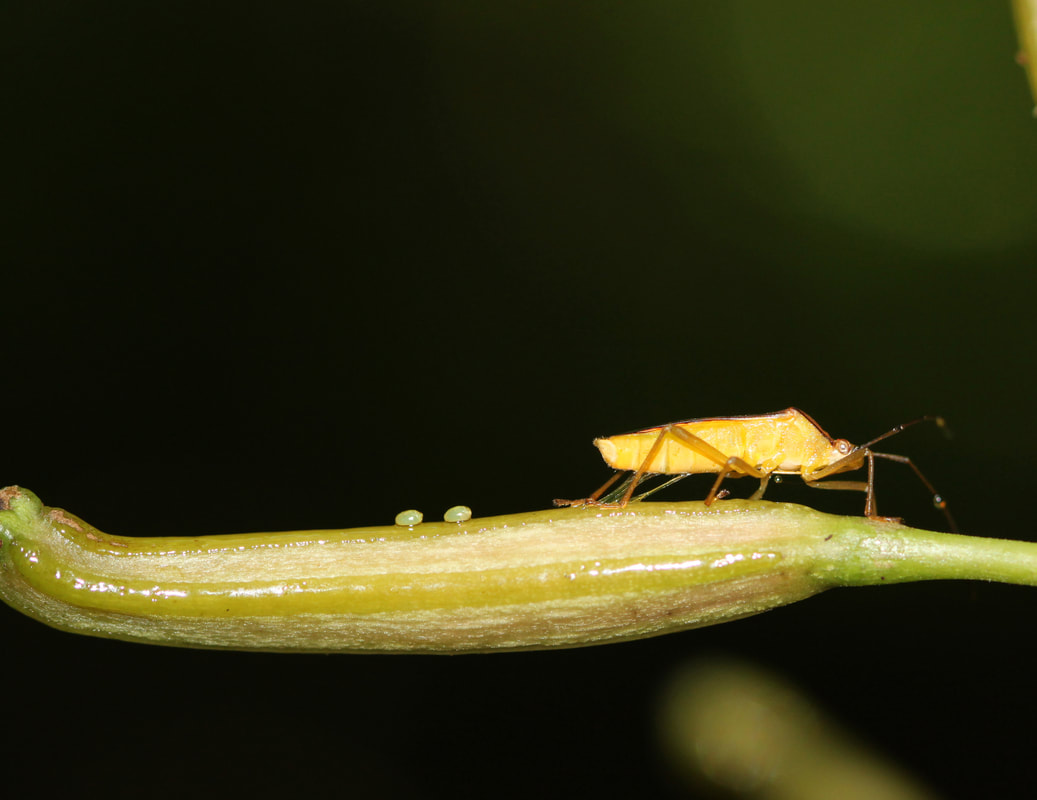
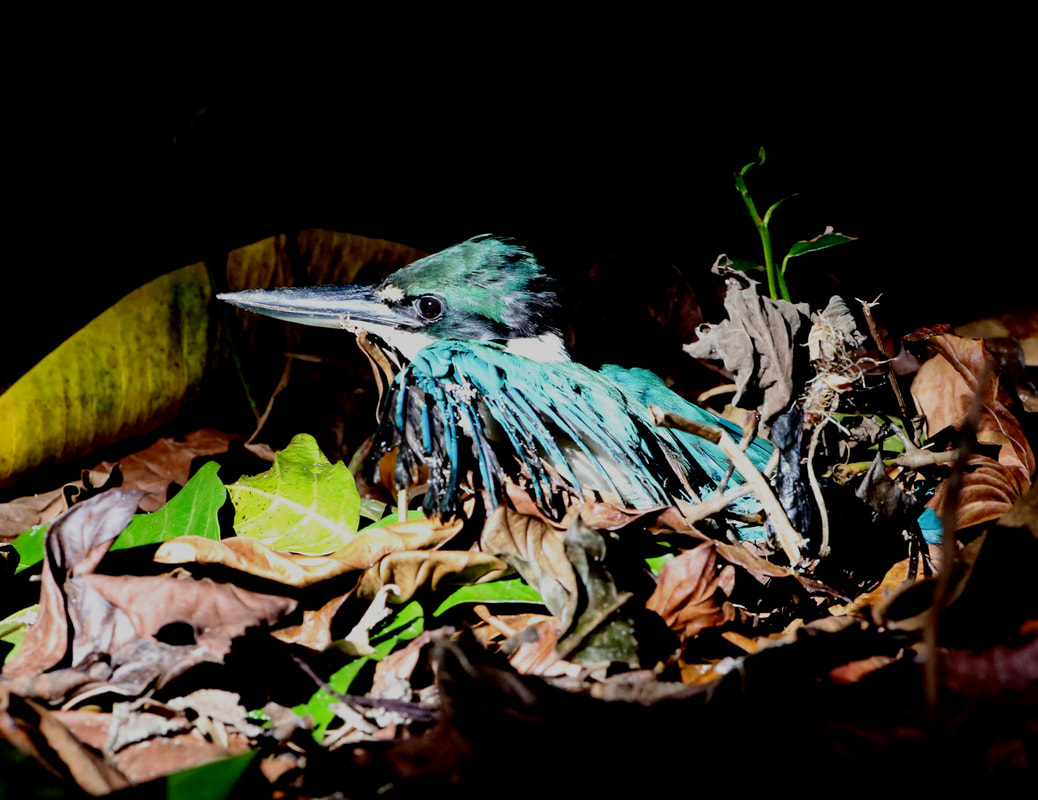
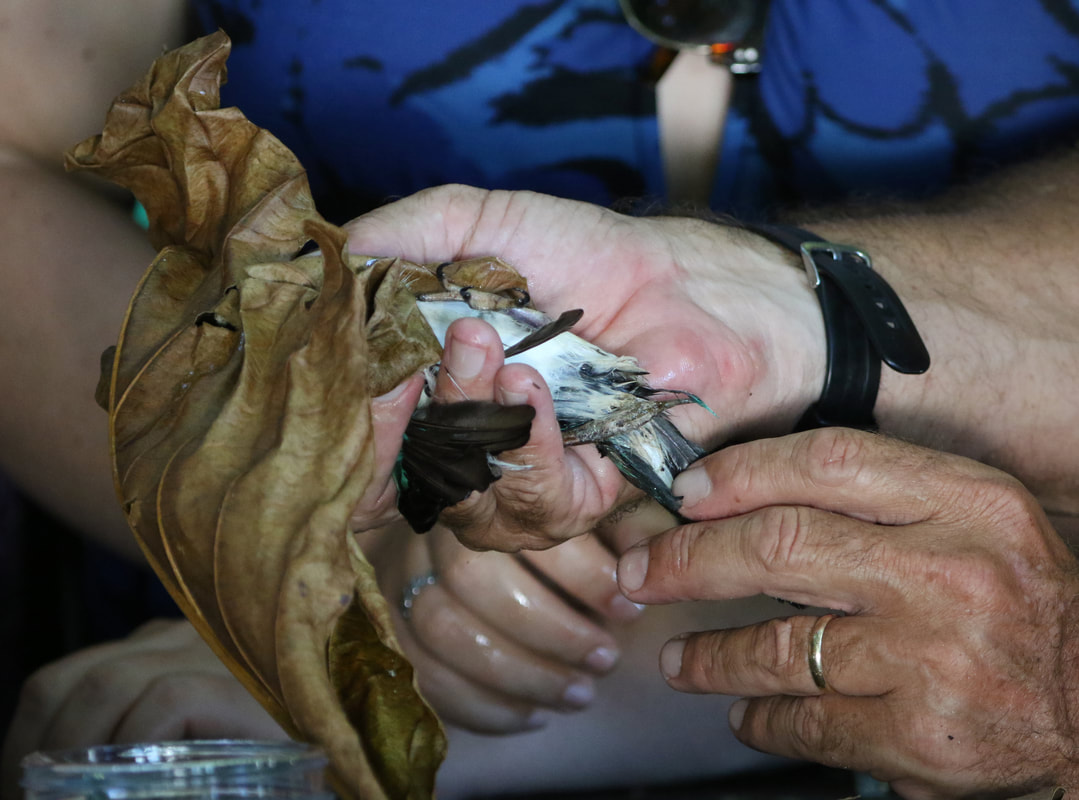
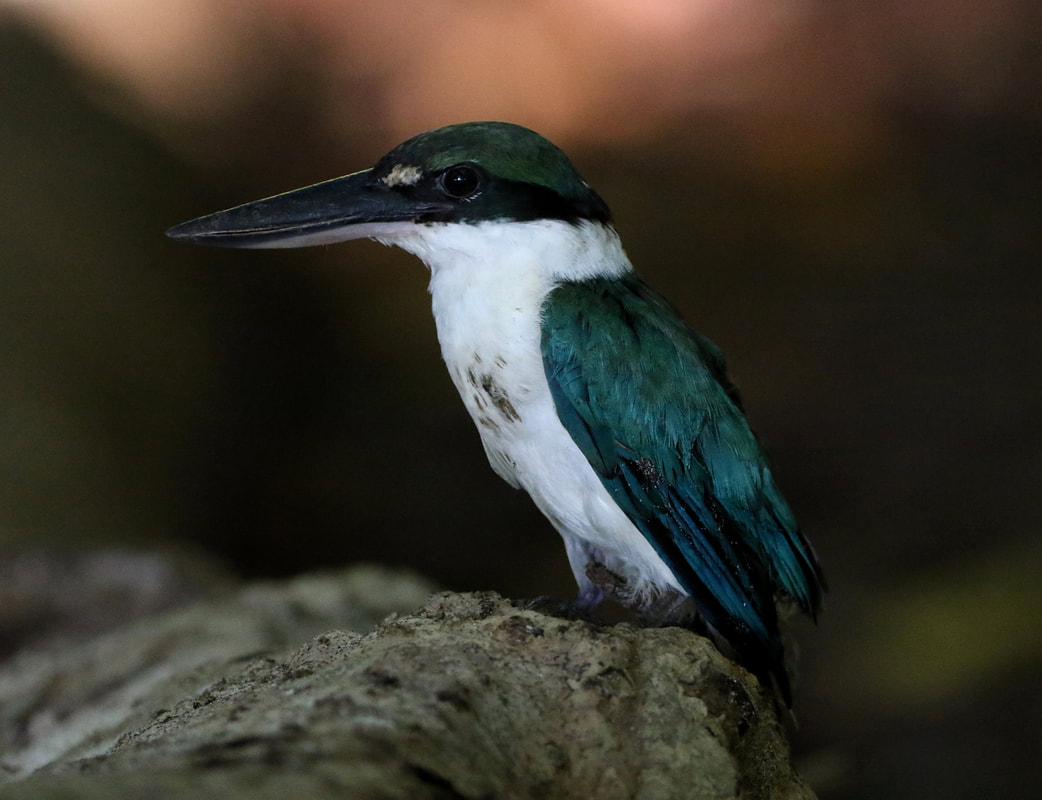
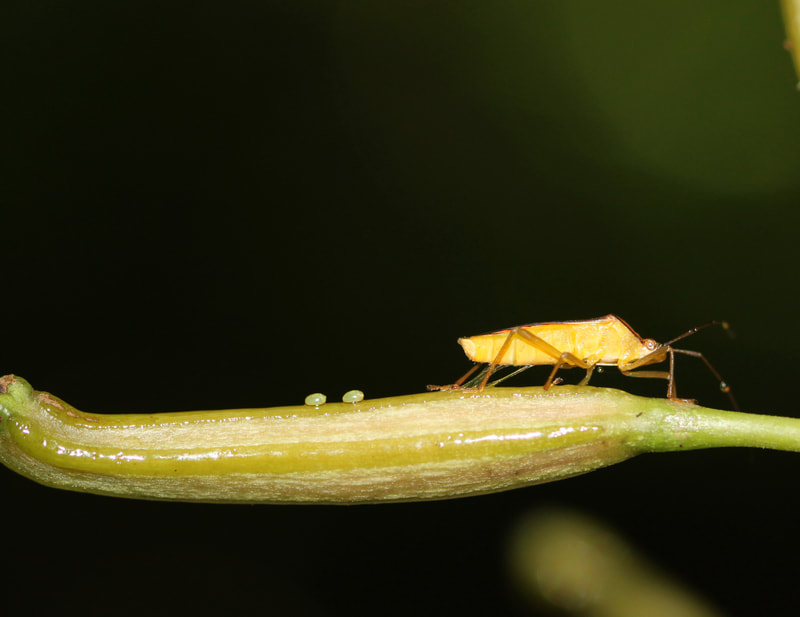
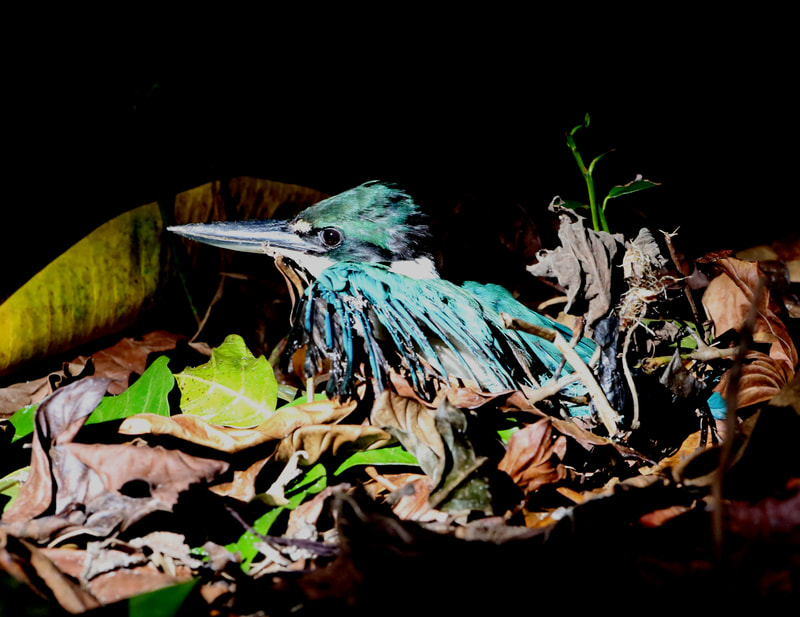
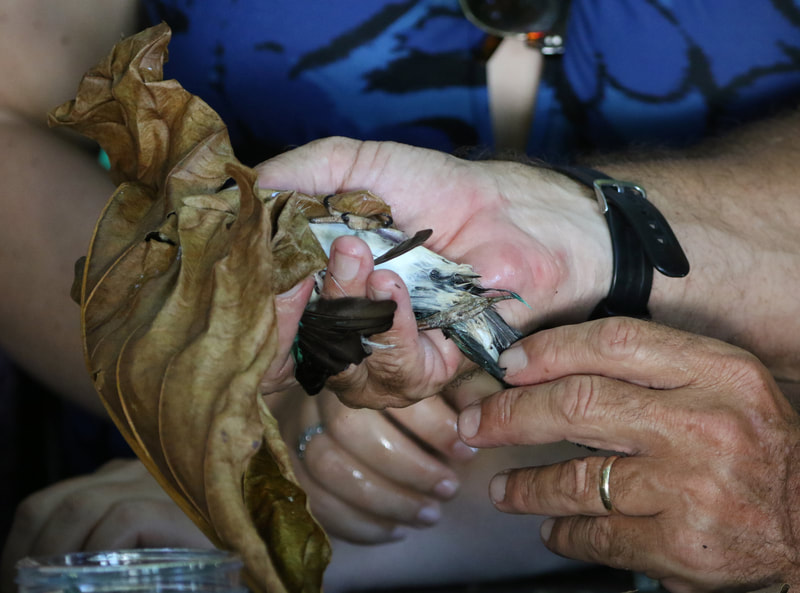
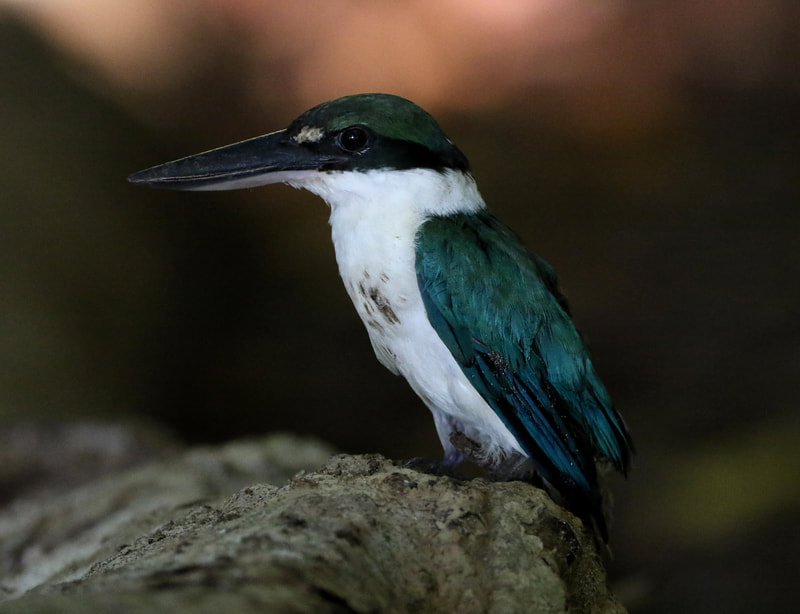
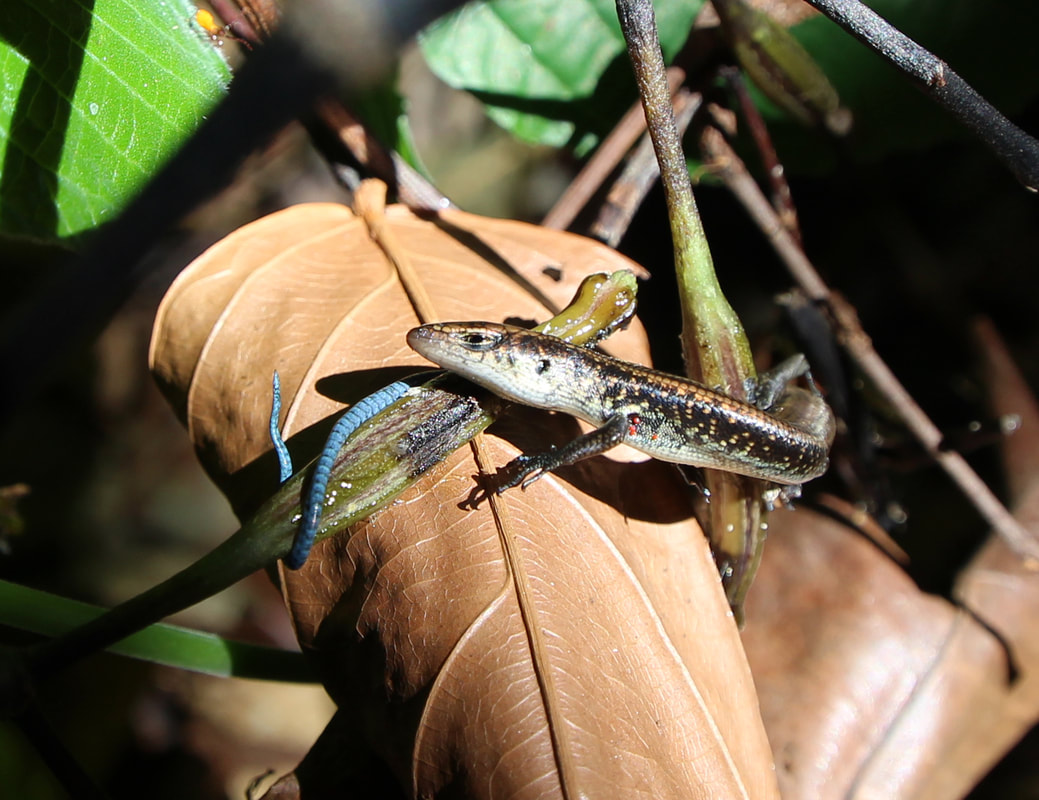
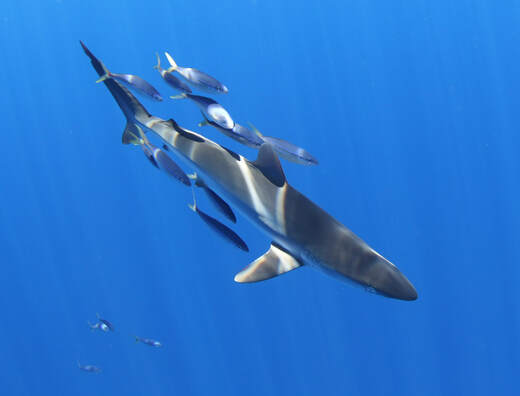
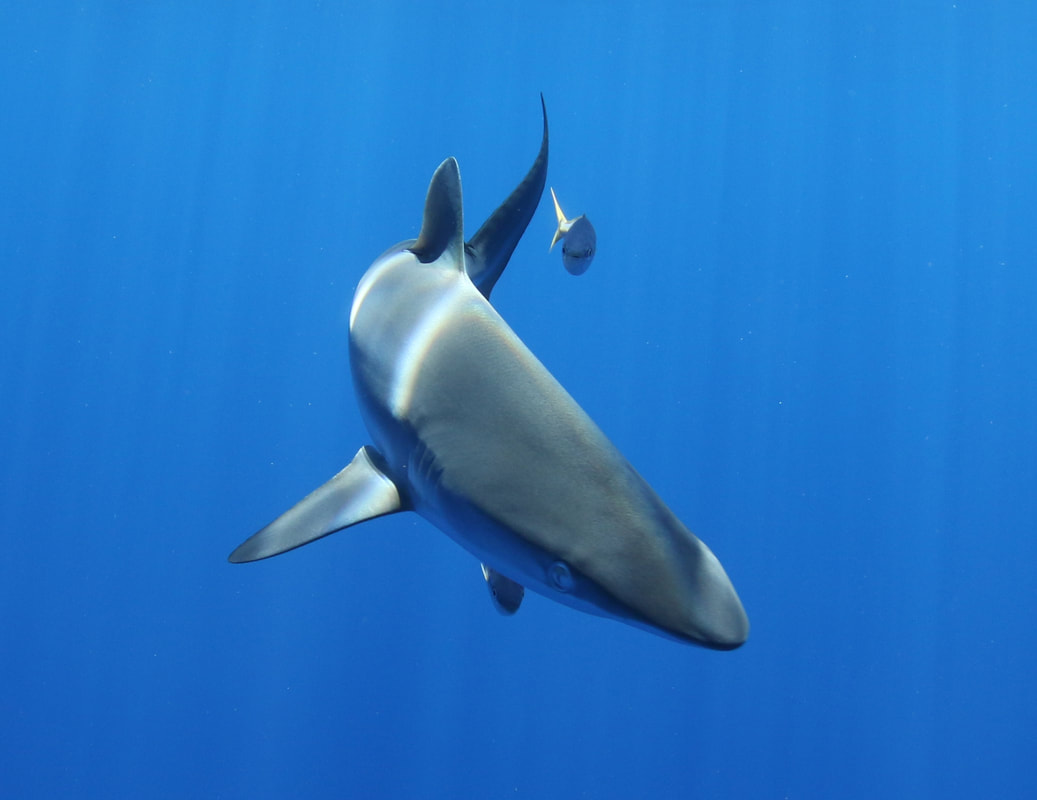
 RSS Feed
RSS Feed